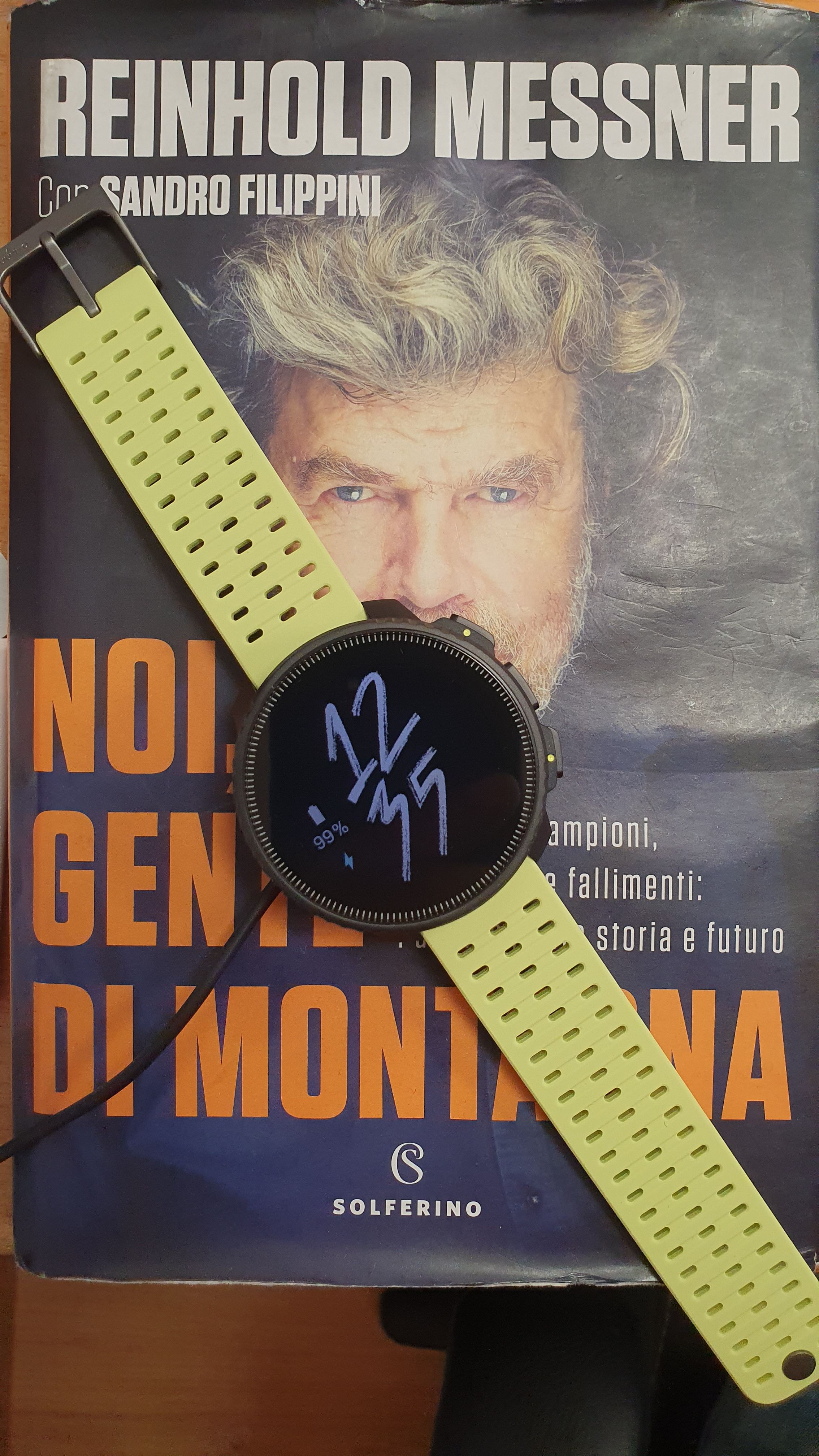Suunto Vertical is here
-
@coqiner
yes. the watch comes with S/M strap.
“spareparts” or “accessories” straps come in 2 sizes. I have just received mine and there are 2 different length of the straps (without buckle) in the box -
-
@v-sacre I have only single sided Stages and it does not provide additional metrics. The question is, if those metrics are stored in fit file or not.
-
Hmm, I realized that in Vertical is possible to enable two Suunto plus apps in a same time.

Really good start, however app and guide are not working together yet. -
@kamarasm yet

Also, used S+ apps are now remembered.
-
@mikekoski490 Thanks! Interesting. Do you still wear sometimes S9PP during night? Is it comfortable. I can’t stand it 24/7. Probably therefore microfiber strap is better…
-
@dombo I would say no. But I am not the expert for that topic

-
@suuntastic I do wear my S9PP to bed, and all other past watches - and will with the Vertical. Never bothered me.

+1 on the microfiber strap. I love mine. Super comfy and durable so far too.
-
@mikekoski490 I always thought, that the resting HR right after waking up ist most important and also a sign of recovery maybe nowadays also HRV. But having the whole HR graph ist maybe expert thing. And I can not imagine the benefit of knowing sleeping hours from watch. I know when I am going to bed and wakeing up and I can’t change more when already living a health lifestyle… But after all if there is an athlete use for OHR (I believe you), it should be there…
-
@suuntastic Sounds like you are a naturally good sleeper! Some people aren’t and have lots of wake ups and sleep gaps so automatically tracking helps understand stress for training.
Vertical also does increased HR recording which will help accuracy of those stress scores and can train accordingly.
-
I have a question concerning power and tss calculation.
With my s9b tss was a hr calculated value for running activities. (I always run with the chest strap).
Just went back from a 1h30 run that gives me usually around 80/90 tss with hr. With the vertical, tss is based on pwr by default, and there the value of tss is 123. If I change for hr based calculation, the value is going down to 81.
I’m confused there is such this difference and so, don’t know wich tss calculation method to use… -
@suuntastic said in Suunto Vertical is here:
@mikekoski490 Thanks! Interesting. Do you still wear sometimes S9PP during night? Is it comfortable. I can’t stand it 24/7. Probably therefore microfiber strap is better…
Can’t stand it with the silicon band. No problem with a nylon velcro one.
-
@isazi yes, this is gamechanger! and it is worth to mention, that during pause you can change/add another sport app from option menu.
-
@dombo no need to pause, you can do it during the activity just by holding the middle button to enter the settings screen.
-

Semplicemente spettacolare!!! -
@Tieutieu first off, these are completely different ways to measure TSS.
have you configured anything in your watch in regards to power zones for running?
Long history short, TSS is calculated using formula: TSS = (sec x NP
 x IF
x IF )/(FTP x 3600) x 100
)/(FTP x 3600) x 100The important metric here is FTP, which is the best effort in average watts a runner can hold for 60 mins straight only.
You’ll need to do test to find what your current running FTP is, I use Stryd power meter so I get FTP (CP in Stryd terms) from them. In your case, you can do known field tests like 3/9 test or 30 time trial to get this, or even try S+ FTP Test, this is for cycling but it can apply here as an initial reference.
Once you have this FTP number, you set your power zones making sure this number is your z4 upper limit in your Suunto power zones for running.
Suunto is missing the key feature of allowing us to set FTP value alone, this is available in TrainingPeaks though.
Once at least you do this, you won’t get any meaningful TSS based on power.
If you want to explore power based TSS, highly recommend opening a TP free account and playing there too.
Hope this helps
-
@herlas said in Suunto Vertical is here:
Hope this helps
Wow ! Thanks a lot ! So I’ll take time to set everything properly, and until then I’ll set to tss hr calculation to keep « known values ».


-
@mikekoski490 Let’s call Non-OHR Version then not “athlete version”. Let’s call it “adventure edition” or Suunto Ambit (next gen)
 But probably won’t came true…
But probably won’t came true… -
@suuntastic Maybe! I think if they launched a watch without OHR, all the reviewers would be like '…and what’s with the bezel, price point, and WTF - no OHR!!! What was Suunto thinking!!! So 1998…"



-
@mikekoski490 unfortunately probably